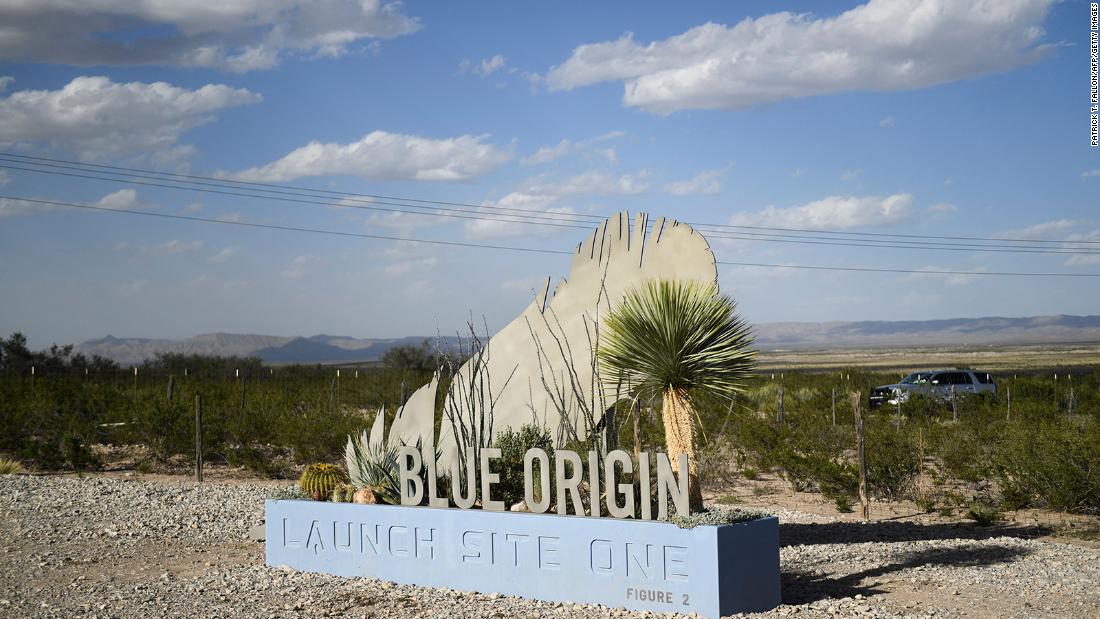Contaminated Water In Township: Causes, Effects, And Solutions

Table of Contents
Causes of Contaminated Water in Townships
Contaminated water in townships stems from a variety of sources, often overlapping and compounding the problem. Addressing this issue requires a comprehensive approach targeting multiple pollution pathways.
Industrial Pollution
Industrial discharge is a major contributor to contaminated water in townships. Factories, mines, and manufacturing plants often release heavy metals (lead, mercury, cadmium), chemicals (pesticides, solvents), and other pollutants into nearby water sources.
- Sources:
- Untreated industrial wastewater discharge
- Leaks from storage tanks and pipelines
- Improper disposal of hazardous waste
- Pollutants:
- Heavy metals: Lead, mercury, arsenic
- Organic chemicals: Pesticides, solvents, PCBs
- Inorganic chemicals: Acids, salts, nitrates
- Regulations and Limitations: While regulations exist to limit industrial pollution, enforcement can be inconsistent, and outdated infrastructure in some townships exacerbates the problem.
Agricultural Runoff
Agricultural practices significantly impact water quality. Fertilizers, pesticides, and animal waste runoff from farms contaminate both surface water (rivers, lakes) and groundwater.
- Pollutants:
- Nitrates and phosphates from fertilizers
- Pesticides and herbicides
- Pathogens from animal waste
- Effects: These pollutants leach into the soil and eventually contaminate water sources, leading to eutrophication (excessive algae growth) and the contamination of drinking water supplies.
- Sustainable Practices: Implementing sustainable agricultural practices, such as crop rotation, cover cropping, and reduced pesticide use, can significantly mitigate agricultural runoff.
Sewage and Wastewater Issues
Inadequate sanitation systems are a primary cause of contaminated water in many townships. Overflowing sewage systems, leaking septic tanks, and the lack of proper wastewater treatment facilities allow untreated sewage to contaminate water sources.
- Pathogens: Untreated sewage contains a wide range of harmful pathogens, including bacteria (E. coli, Salmonella), viruses (rotavirus, norovirus), and parasites (Giardia, Cryptosporidium), causing various waterborne diseases.
- Impact: Contamination from sewage leads to serious health risks and necessitates expensive water treatment to ensure safety.
- Solutions: Investing in modern wastewater treatment plants and improving sanitation infrastructure are crucial steps toward solving this problem.
Natural Contamination
Some water sources are naturally contaminated with substances like arsenic or heavy metals due to geological factors.
- Geological Factors: The composition of the soil and rock can leach contaminants into groundwater.
- Remediation: Identifying and addressing natural contamination requires thorough water testing and the implementation of appropriate remediation strategies.
Effects of Contaminated Water in Townships
The consequences of contaminated water in townships are far-reaching, impacting public health, the economy, and the environment.
Health Impacts
Consuming contaminated water can lead to a range of severe health issues, particularly in children and the elderly who are more vulnerable.
- Waterborne Diseases: Cholera, typhoid, diarrhea, dysentery, and other waterborne diseases are common consequences.
- Long-Term Effects: Chronic exposure to certain contaminants can lead to long-term health problems, such as cancer, kidney disease, and neurological disorders.
- Symptoms: Symptoms of waterborne illnesses include nausea, vomiting, diarrhea, fever, and dehydration.
Economic Impacts
The costs associated with contaminated water are substantial.
- Healthcare Costs: Treating waterborne illnesses places a significant burden on healthcare systems.
- Lost Productivity: Illness caused by contaminated water leads to lost workdays and reduced productivity.
- Tourism and Agriculture: Contaminated water can negatively impact tourism and agriculture, leading to decreased revenue and economic hardship.
Environmental Impacts
Contaminated water harms aquatic ecosystems and biodiversity.
- Eutrophication: Excess nutrients from fertilizers lead to algal blooms, depleting oxygen levels and killing aquatic life.
- Toxicity: Heavy metals and chemicals poison aquatic plants and animals.
- Long-Term Damage: The cumulative effects of water pollution can lead to long-term damage to the environment.
Solutions to Contaminated Water in Townships
Addressing contaminated water in townships requires a multi-pronged approach involving various stakeholders.
Water Treatment and Purification
Effective water treatment and purification methods are crucial.
- Treatment Technologies: Filtration, disinfection (chlorination, UV), reverse osmosis, and other technologies can remove contaminants.
- Water Testing: Regular monitoring of water quality is essential to identify and address contamination issues.
- Community Initiatives: Community-based water treatment initiatives can provide access to safe water in underserved areas.
Improved Sanitation and Wastewater Management
Investing in improved sanitation is paramount.
- Sanitation Systems: Constructing and maintaining proper sewage systems and septic tanks are essential.
- Wastewater Treatment Plants: Modern wastewater treatment plants effectively remove pollutants before water is released back into the environment.
- Public Awareness: Educating communities about proper sanitation practices is vital.
Sustainable Agricultural Practices
Promoting sustainable agricultural practices minimizes agricultural runoff.
- Reduced Pesticide Use: Implementing integrated pest management reduces reliance on harmful chemicals.
- Responsible Fertilizer Management: Using appropriate amounts of fertilizer and employing methods to minimize runoff are key.
- Government Incentives: Government policies and incentives can encourage the adoption of sustainable agricultural practices.
Community Engagement and Education
Community involvement is essential for successful water management.
- Community Participation: Engaging communities in water management decision-making ensures local needs are addressed.
- Public Awareness Campaigns: Educating communities about water conservation and safe water practices is vital.
- Empowerment: Empowering communities to manage their own water resources promotes sustainability and responsibility.
Conclusion
Contaminated water in townships is a serious threat with far-reaching consequences. Addressing this issue requires a collaborative effort involving governments, industries, farmers, and communities. By implementing effective water treatment, improving sanitation, promoting sustainable agriculture, and fostering community engagement, we can protect public health, economic stability, and the environment. Learn more about clean water initiatives in your area and take action to protect your community from the devastating effects of contaminated water. Contact your local officials and support organizations dedicated to improving water quality in your township. Let's work together to ensure access to clean and safe water for everyone.

Featured Posts
-
 Understanding The New Nhl Draft Lottery System And Fan Frustration
May 16, 2025
Understanding The New Nhl Draft Lottery System And Fan Frustration
May 16, 2025 -
 Ver Crystal Palace Vs Nottingham Forest En Directo
May 16, 2025
Ver Crystal Palace Vs Nottingham Forest En Directo
May 16, 2025 -
 Ovechkins Record Breaking Pace 893 Goals And Closing In
May 16, 2025
Ovechkins Record Breaking Pace 893 Goals And Closing In
May 16, 2025 -
 Blue Origins Launch Abort A Subsystem Issue Investigation
May 16, 2025
Blue Origins Launch Abort A Subsystem Issue Investigation
May 16, 2025 -
 Nhl Playoffs 2024 The Ultimate Guide To Watching Every Game
May 16, 2025
Nhl Playoffs 2024 The Ultimate Guide To Watching Every Game
May 16, 2025
